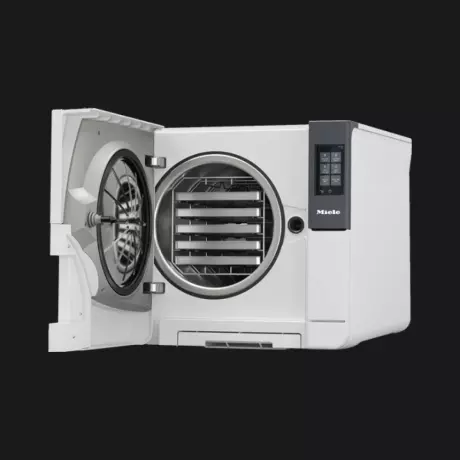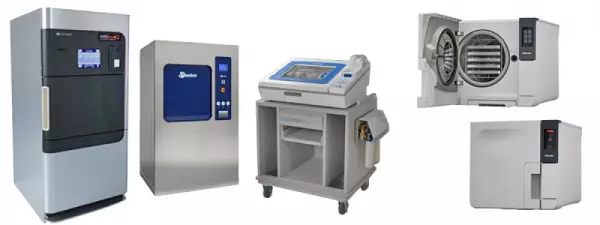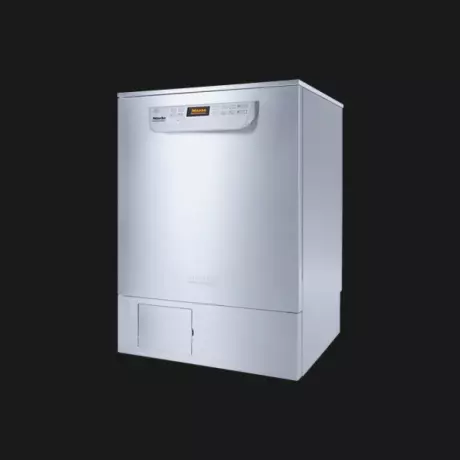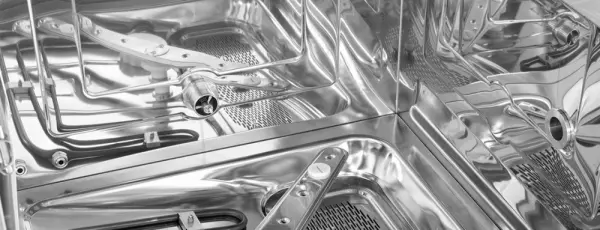
Sterilizers - choice and quality
LabTech Labortechnik GmbH offers you a large selection of laboratory technology - sterilizers Exampl...
Portal and digital medical technology fair of the largest MedTech cluster in Germany

Sterilizers - choice and quality
LabTech Labortechnik GmbH offers you a large selection of laboratory technology - sterilizers Exampl...

Sterilizers for medical devices
+++ Sterilize medical devices +++ Low temperature and superheated steam +++ Regardless of w...

Miele cleaning and disinfection machine with...
LabTech Labortechnik GmbH offers you a large selection of medical technology - rinsing, cleaning and...

Washer-disinfectors for medical products
Medical instruments + laboratory utensils + endoscopes +++ clean & disinfect With the...

Autoclaves sterilizers are devices used to destroy bacteria and other pathogens by heating or blasting them in an elevated temperature. To keep contamination to a minimum, autoclaves must be equipped with a safety valve and have an accurate gauge of the temperature that can kill harmful microbes. The 121degC temperature is the maximum that an autoclave is capable of. For this reason, it is essential to purchase autoclaves that are rated for this temperature.
Unlike steam sterilizers, autoclaves should not be too hot or too cold, as this can cause steam condensation and staining. For this reason, it is advisable to use a drying cycle prior to the sterilization. The drying cycle should be 7 to 10 minutes. After the sterilization, instruments should be bone dry. If the autoclave is not equipped with a drying cycle, you may use distilled deionized water to clean the instruments.
Depending on the purpose of your sterilization, you can either buy a research-grade autoclave or a clinical grade one. Research-grade autoclaves are not certified to sterilize human instruments, but are designed for convenience, efficiency, and flexibility. Most of these autoclaves feature vertical opening chamber doors. The inside of the chamber door is usually marked with a "sterilization indicator mark" or darkened, indicating that the materials have been processed effectively.
Aside from medical and industrial applications, autoclaves can be used for a variety of industrial processes. During an industrial process, autoclaves use heated steam and pressure to sterilize parts and materials. Some of these materials may be pressure-treated wood or specialized rubber. They also help scientists with their research by sterilizing laboratory equipment. Most autoclaves sterilizers have a liquid cycle, which is preferred for sensitive samples.
The optimal steam composition in an autoclave is 97% gas and 3% liquid. The higher the moisture percentage, the longer the process takes. The autoclave should also be equipped with a temperature that is between 165 and 275 degrees Fahrenheit. This temperature allows the sterilizer to safely decontaminate all parts of the instrument. In addition, a medical autoclave is more effective in reducing the amount of heat necessary to remove disease-causing agents from the air.
The autoclave is a modern, highly sophisticated tool. The sterilization chamber remains at a specific temperature throughout the entire cycle. It is important to monitor the temperature of the chamber during the process. Operators should also carefully examine the verification measures on the autoclave. If the instrument is still in use, it should be kept in the "hot zone" until it has cooled down. In addition to the temperature, the autoclaves have various parameters that control the entire process.
In addition to its versatility, autoclaves are energy efficient and can reduce the need for frequent cleaning. The autoclaves should be flushed according to manufacturer's guidelines. To reduce the risk of staining, water should be free from iron, magnesium, copper, and other substances. After sterilization, the autoclave should be emptied to allow the items to dry out. This ensures that no contaminants remain in the autoclave and in the surrounding area.
Become a digital exhibitor yourself in the online portal of the largest and best-known MedTech cluster region in Germany and inform the world of medical technology about your products and services as well as about news, events and career opportunities.
With an attractive online profile, we will help you to present yourself professionally on our portal as well as on Google and on social media.